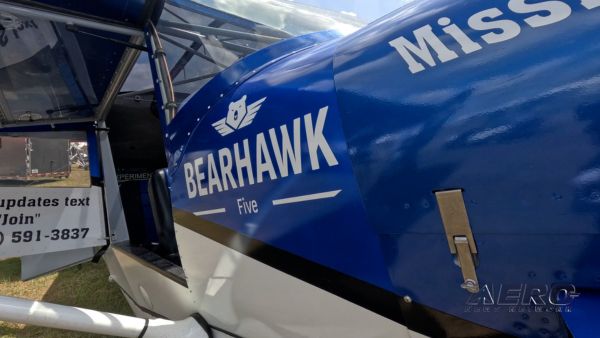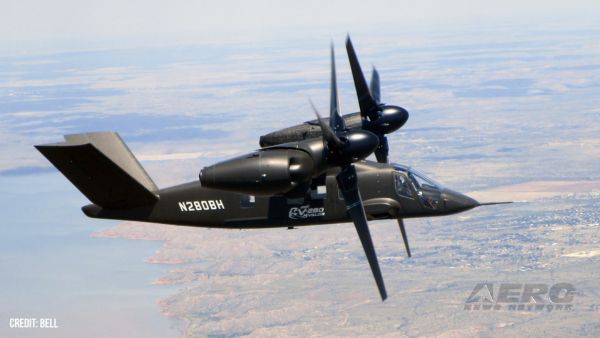Thu, Jul 02, 2015
The FAA And General Aviation Groups Are Launching The Fly Safe National Safety Campaign To Educate The GA Community On How To Prevent Loss Of Control (LOC) Accidents
The FAA says that, “A Loss of Control accident involves an unintended departure of an aircraft from controlled flight. Loss of Control can happen because the aircraft enters a flight regime that is outside its normal flight envelope and may quickly develop into a stall or spin. It can introduce an element of surprise for the pilot.”

They say contributing factors to LOC accidents include: poor judgment/aeronautical decision making, failure to recognize an aerodynamic stall or spin and execute corrective action, intentional regulatory non-compliance, low pilot time in aircraft make and model, lack of piloting ability, failure to maintain airspeed, failure to follow procedure, pilot inexperience and proficiency, or the use of over-the-counter drugs that impact pilot performance.
Here are some FAA facts about loss of control accidents:
- Approximately 450 people are killed each year in GA accidents.
- Loss of Control is the number one cause of these accidents?
- Loss of Control happens in all phases of flight. It can happen anywhere and at any time.
- There is one fatal accident involving LOC every four days.
The whole issue of loss of control accidents is complicated and not based on one factor. For that reason, they are breaking the discussion of LOC accidents into sections, and the first section to be reviewed is the issue of angle of attack and angle of attack indicators.
They feel this is particularly important because More than 25% of GA accidents occur in the maneuvering phase of flight. Half of those accidents involve stall/spin scenarios. Stalls can happen during any phase of flight, but they are critical when planes are near the ground and have less room to recover, such as during landing and takeoff.
As angle of attack indicators are becoming more prevalent in general aviation airplanes, particularly in experimental airplanes, GA is on the path to better stall awareness. The FAA has provided training information on their website, and the link below will take you to the section of training that deals with angle of attack. You can also link to other valuable locations from this site.
More News
Fuel Remaining A phrase used by either pilots or controllers when relating to the fuel remaining on board until actual fuel exhaustion. When transmitting such information in respon>[...]
Aero Linx: Piper Aviation Museum Preserving the history and legacy of the Piper Aircraft Corporation and its founding family. In the past three years, the Piper Aviation Museum has>[...]
Klyde Has No Patience... FMI: www.klydemorris.com>[...]
Also: Tentative AirVenture Airshow Lineup, Supersonic Flight Regs, Private Pilot Oral Exam Guide, Boeing Deal The sport aircraft business can be a tough one... especially when Moth>[...]
Also: FedEx Pilots, Army Restructuring, Alaska ANG, Incentive for ATC Hiring EAA Chapter 534 in Leesburg, Florida announced that the 2025 Ray Aviation Scholarship winner is Abdiel >[...]
 ANN's Daily Aero-Term (05.19.25): Fuel Remaining
ANN's Daily Aero-Term (05.19.25): Fuel Remaining ANN's Daily Aero-Linx (05.19.25)
ANN's Daily Aero-Linx (05.19.25) Klyde Morris (05.16.25)
Klyde Morris (05.16.25) Airborne 05.19.25: Kolb v Tornados, Philippine Mars, Blackhawk Antler Theft
Airborne 05.19.25: Kolb v Tornados, Philippine Mars, Blackhawk Antler Theft Airborne-Flight Training 05.15.25: Ray Scholarship, Alto NG, Fighter Training
Airborne-Flight Training 05.15.25: Ray Scholarship, Alto NG, Fighter Training



